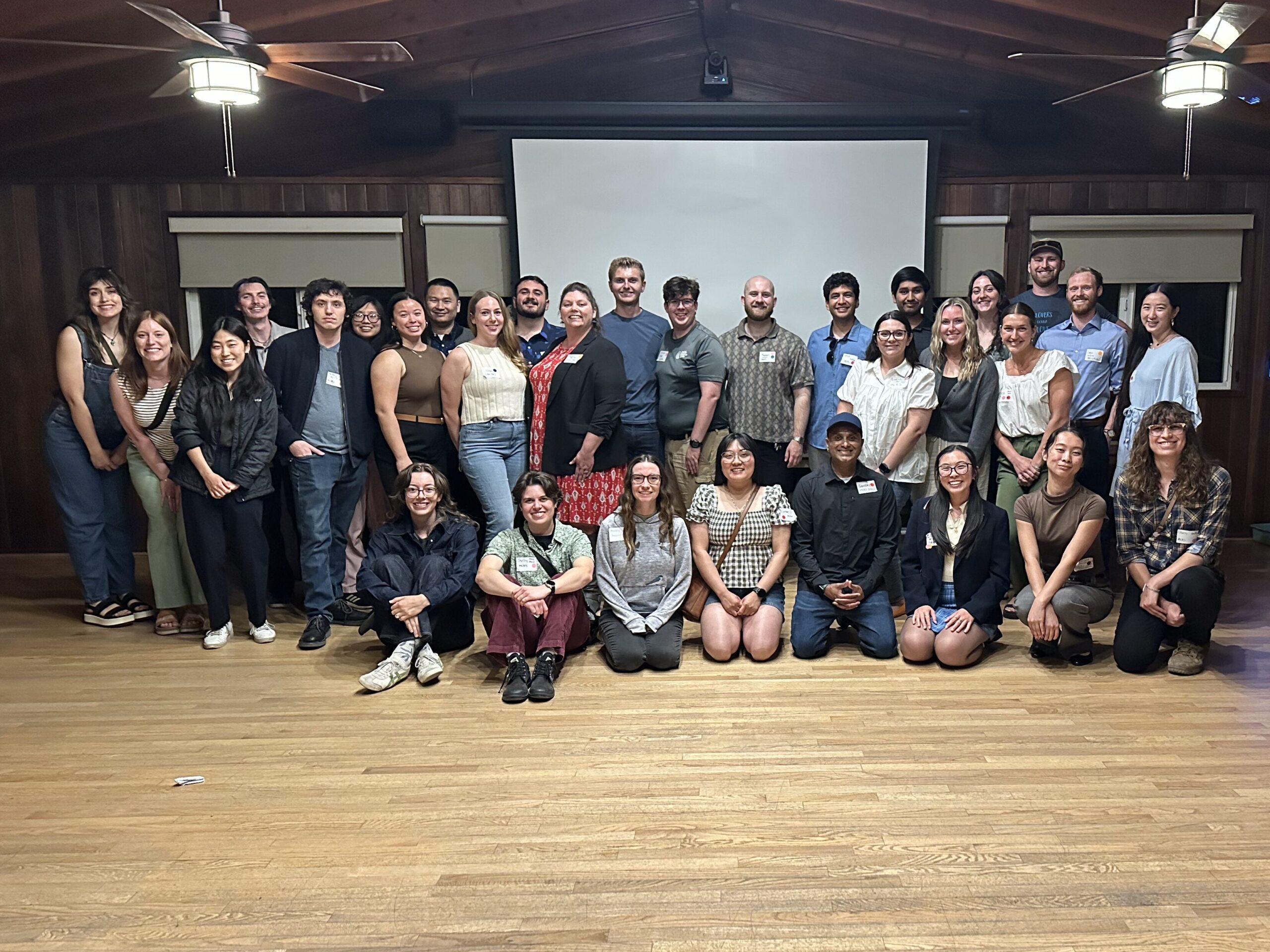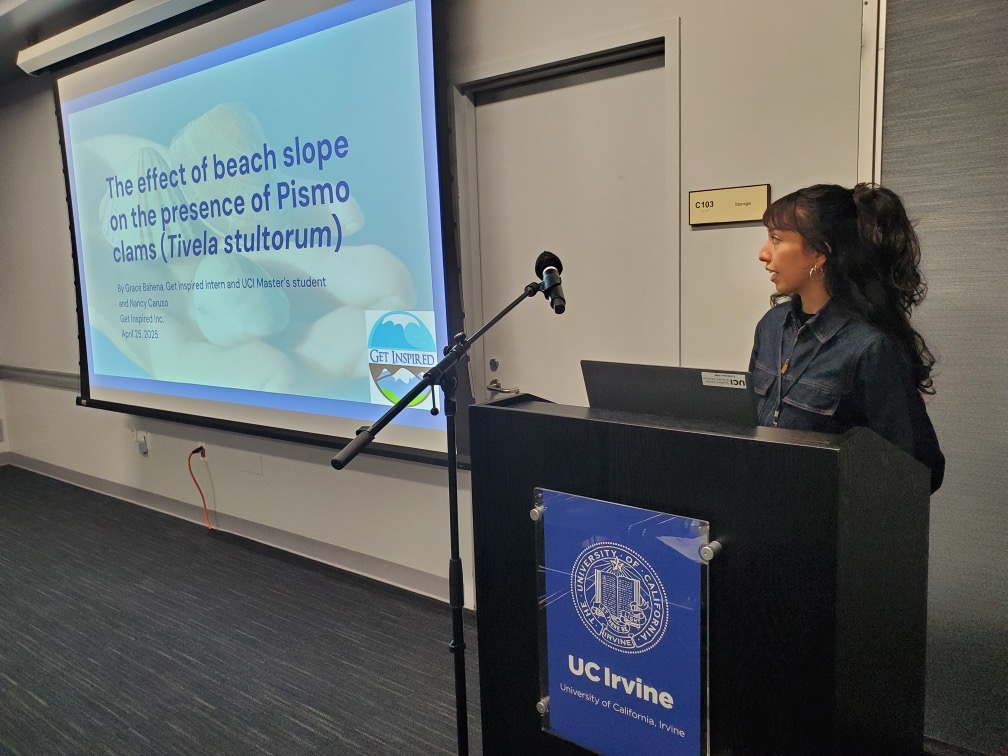Student Blog: Victoria Masjuan
It’s a chilly December night, just before the witching hour, and I’m lying in the gravel parking lot of the Steele/Burnand Anza-Borrego Desert Research Center hoping to catch sight of a shooting star during the Ursids meteor shower (Figure 1). I’ve been nursing a mug of skullcap tea long enough for it to have gone cold, waiting for it to work its drowsy magic on me. It’s been a month or so since I whined about my insomnia to a local witch, and about a week since the herb she recommended as a tonic for my sleeplessness arrived from Amazon (Figure 2). So far, it hasn’t been the panacea I’d hoped for, but after the failure of the melatonin gummies and the Sleepytime™ tea, I was willing to give it a shot. Traditionally, skullcap (Scutellaria spp.) has been used as a tonic, known for its nervine antispasmodic action (Grieve, 1931). For sufferers of St. Vitus’ dance (Syndenham’s chorea), it was given to soothe nervous excitement and induce sleep (Grieve, 1931). Skullcap’s usage has been known to keepers of ethnobotanical knowledge for centuries, knowledge available only to those who seek to find it (or who have it thrust upon them).
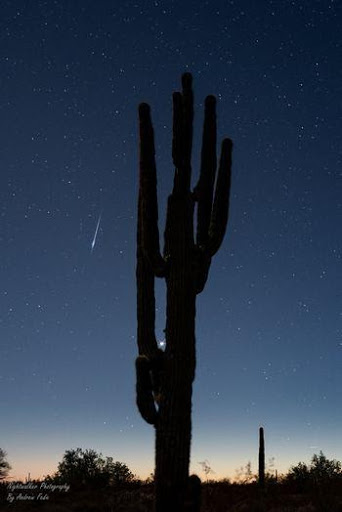

In my work as a restoration practitioner and biologist, I’ve spent hours in the field learning about plants. I can pick an unknown plant specimen from a site and key it out, learn its given name and plop that into a vegetation report. In my work as an urban farmer, I’ve spent hours sowing seeds, tending crops, and harvesting their bounty. I’ve spent so much time around plants that I can confidently (if somewhat abashedly) say that they’re pretty much my only hobby. However, one aspect of the human relationship with plants that I have yet to dip more than a toe into is the ethnobotanical aspect. Ethnobotany is the study of traditional usage of plants by people of a certain locality, whether for food, medicine, or shelter; dyes, fibers, or oils; gums, soaps, or waxes; or in ceremonial or spiritual rituals (U.S. Forest Service, 2021). Using skullcap as a sleep aid is an ethnobotanical use of a plant, and as I sipped my tea under the stars, I thought about the vegetation community I was in the desert to study, and the deep ties people have long held to the plants in that community.
Some 20 miles from the research center sits the site I’m in the desert to study. Sentenac Cienega is a degraded desert wetland, one of the few remaining cienegas of its kind in California, and one of only two wetlands in Anza Borrego Desert State Park. Our research is focused on determining the most effective way to restore this rare desert landscape, which is currently fairly degraded and dominated by non-native invasive plant species. During our efforts to map the vegetation communities of Sentenac Cienega, however, we’ve been fortunate to discover many patches of remnant native plants, and I’ve become interested in the ethnobotanical uses of these plants.
Of the native plants we’ve been able to map across the cienega, one with an intriguing ethnobotanical history is yerba mansa, Anemopsis californicia (Figure 3). A common wetland-riparian plant found throughout California, yerba mansa has a long history of use by Native Californians. The Ohlone people of Central California documented its use for menstrual cramps and for general pain. It was used in tea form to wash sores, and the whole plant was dried and powdered for use as a wound disinfectant (Bocek, 1984). All these uses, added to the fact that this is a monotypic species, piqued my interest in this plant, and I started to think that if I were interested in this plant, it’s pretty much guaranteed that others would be too. And if you can get people interested in your study system, you can get people interested in restoring it.
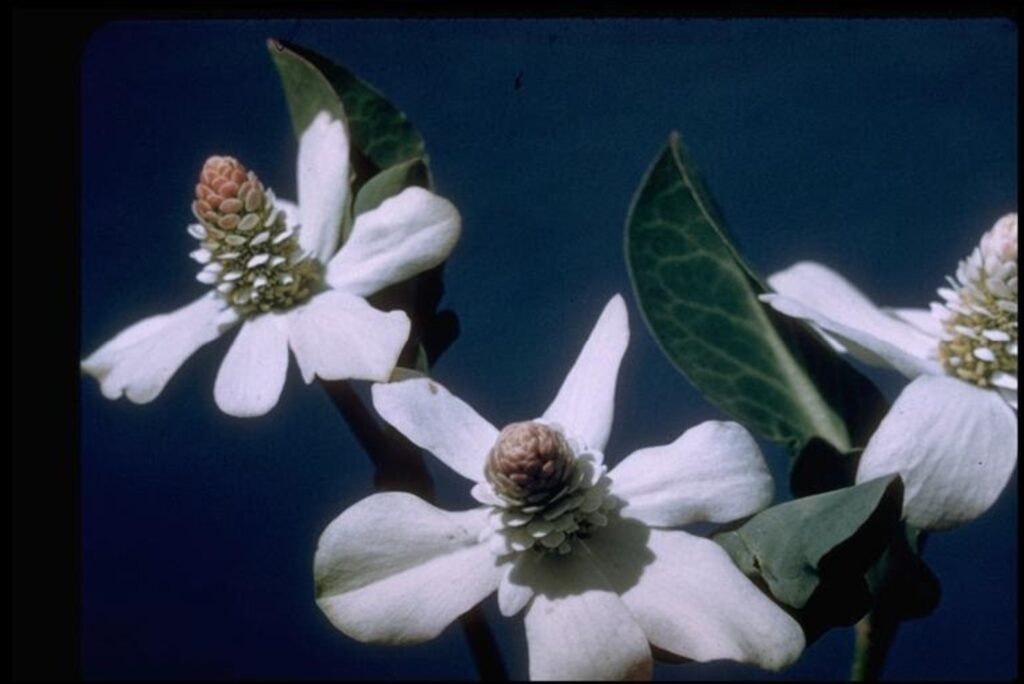
The draw of native medicinal plants has already been called upon to involve locals in restoration efforts. For example, the Yerba Mansa Project in New Mexico draws upon the symbolic power of yerba mansa to link past and present and to attract people to ecological restoration projects in the Southwest (Yerba Mansa Project, 2021). I wonder if, going forward, we might leverage the innate curiosity we have about ethnobotanical uses of plants to power the restoration of degraded landscapes that support those plants. In this way, we might complete projects with not only a restored and functional landscape, but also with an engaged, committed community that takes ownership of its surroundings. Through a holistic approach like this, we may inch closer to realizing our part in and of nature, not just as stewards but as participants.
Jarod K. Anderson beautifully expresses this sentiment in his poem “The Whole,”
All living things are the same living thing,
a branching tree spreading from a shared past.
This unified creature grows in four dimensions,
and the illusion of separation we see here on the budding branch-tips
appears because we can’t view time
the way we see our own vital hands.
It’s as real as the moment mitochondria moved in to stay.
And maybe, in the end, we’ll feel it like warm coffee on the tongue
like skin against skin.
I wish I could wander back through my ancestors
like a steppingstone path.
To Ireland. To Africa.
Past organisms that were never named by humans.
To the sunlit waters where life began to feel its own strange power.
To the forest of hands that lifted me up into my own simple life.
I wish I could know the whole,
so I could love it more completely.
Through communion with our restoration sites and the people who live near them, I feel we can more wholly perform our work as restoration ecologists, as visiting inhabitants of a landscape rather than helicoptered-in saviors. This is the mindset I hope to bring to my work in the future. Until then, I can be found tending to my community garden plots, raising my own piece of Sentenac Cienega (Figure 4).
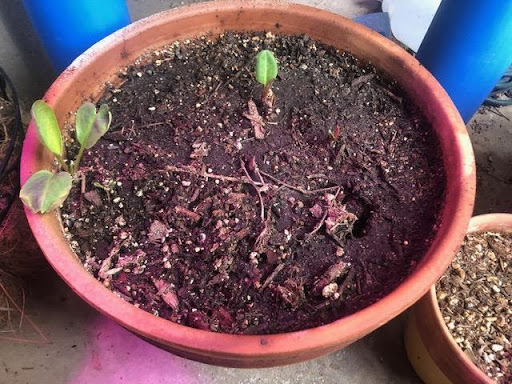
Works Cited
Anderson, J. K. (2020). ‘The Whole’. In Field Guide to the Haunted Forest.
Bocek, B. R. (1984). Ethnobotany of Costanoan Indians, CALIFORNIA, based on collections by John P. Harrington. Economic Botany, 38(2), 240-255. doi:10.1007/bf02858839
Grieve, M. (1931). A Modern Herbal: The medicinal, culinary, cosmetic and economic properties, cultivation and folklore of herbs, grasses, fungi, shrubs and trees with all their modern scientific uses. London England: Tiger Books International.
U.S. Forest Service. (n.d.). Retrieved March 05, 2021, from https://www.fs.fed.us/wildflowers/ethnobotany/
Yerba Mansa Project. (2021). Restoration: Education: Community. Retrieved March 11, 2021, from https://yerbamansaproject.org/



